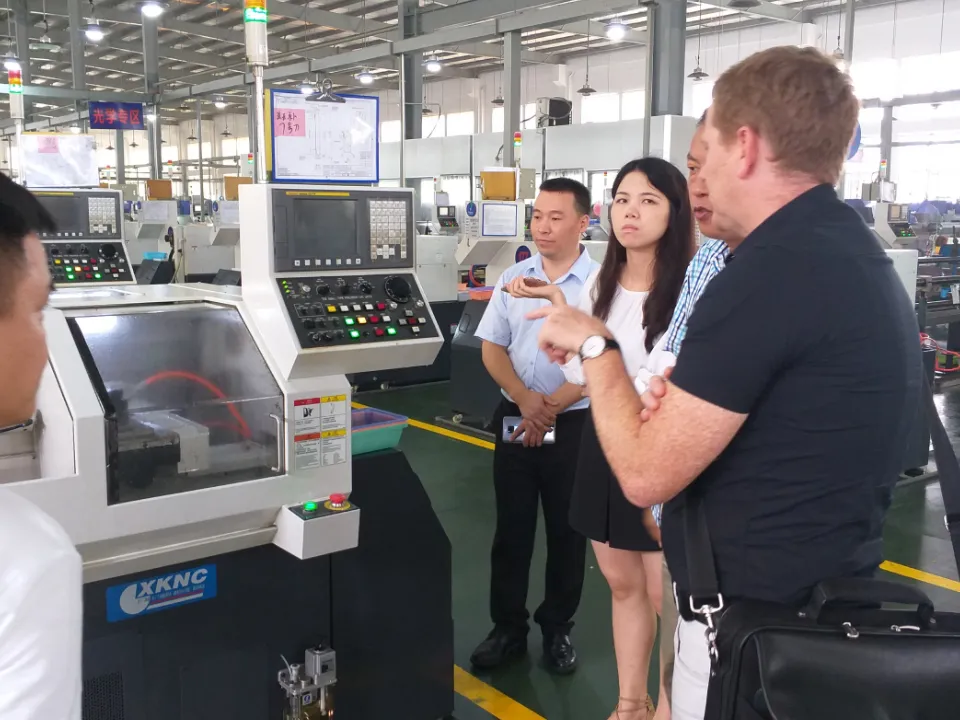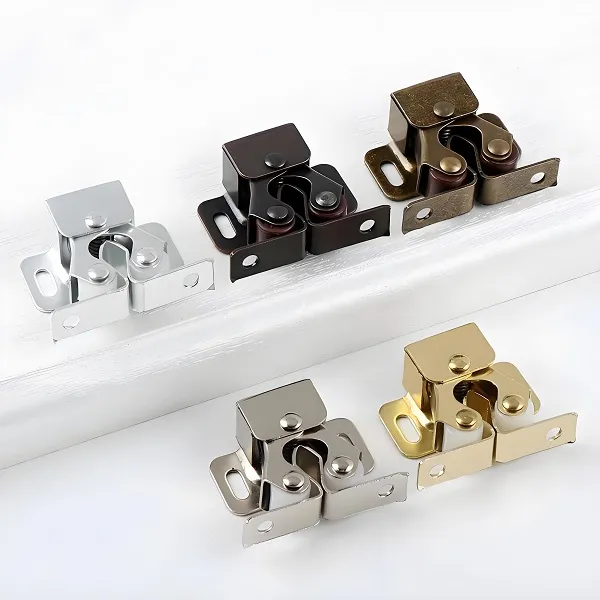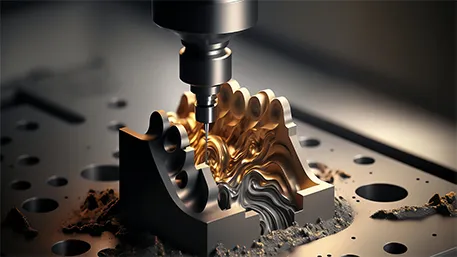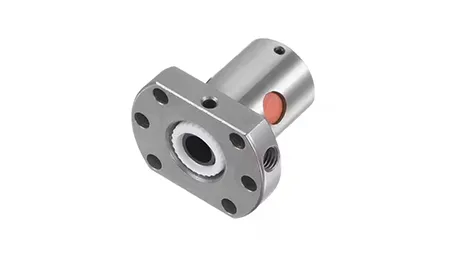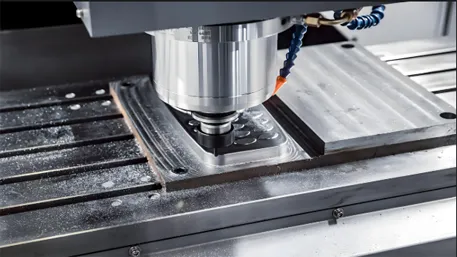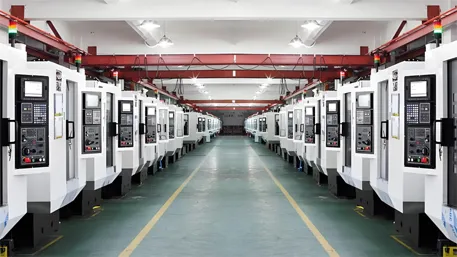Answer
CNC is the abbreviation of Computer Numerical Control, referring to the technology that enables machine tools (such as milling machines, lathes, machining centers) to automatically complete material cutting and shaping through computer programs. It converts 3D design files into numerical control codes, and drives motors to precisely control the movement trajectory of the cutting tool, achieving high – precision processing of materials such as metals and plastics. It is widely used in industrial manufacturing, prototype development, and mass production.
Explanation
CNC is like an intelligent machine – tool robot that can “read blueprints”. Traditional manual processing is like a chef cooking based on experience, while CNC is like an automatic cooking machine with a pre – set recipe: designers first draw a “dish sample” (3D model) using software, and then convert it into a recipe (numerical control program) that the machine tool can “understand”. The machine tool, like a robotic chef, will accurately pick up materials (such as aluminum blocks), cut, mill, and drill according to the steps, without any manual intervention throughout the process, and finally produce “part dishes” that are exactly the same as the design drawings, and each one has accurate quantity and consistent quality.
Problem Expansion
Core Principles and Composition
The CNC system consists of hardware (machine tool body, servo motors, sensors) and software (CAD design software, CAM programming software). For example, after an engineer designs a part model using SolidWorks, G – code (numerical control instructions) is generated through Mastercam software and transmitted to the machine – tool controller, which drives the XYZ – axis motors to move the cutting tool with micron – level accuracy (±0.01mm) to complete operations such as milling, turning, and drilling. The whole process is like “numbers guiding the knife”, making the machine tool a “thinking robotic arm”.
Technical Advantages
High Precision: The error is controlled within 1/10 of a human hair (0.01mm), far exceeding manual processing, and is suitable for scenarios such as aerospace engine blades and medical precision instruments.
High Efficiency: It can be processed automatically for 24 hours, and complex parts can be formed in one go, 3 – 5 times faster than traditional manual processing. For example, it only takes 4 hours for CNC to process an automotive transmission housing, while it takes 2 days by hand.
Flexibility: Only by modifying the program can the product model be switched without re – adjusting the mechanical structure, which is suitable for small – batch customization (such as 10 – 100 prototypes) and large – scale mass production.
Application Scenarios
Aerospace: Processing titanium – alloy aircraft frames to withstand the pressure at an altitude of tens of thousands of meters;
Automotive Industry: Manufacturing engine blocks to ensure fuel efficiency and emission standards;
Consumer Electronics: Producing aluminum – alloy mobile phone mid – frames, achieving a 0.5mm ultra – thin frame and seamless splicing;
Mold Manufacturing: Engraving the cavity of injection molds, determining the final precision of plastic products.
Differences from Traditional Processing
Traditional machine tools rely on manual operation of the handle, with low precision and depending on the experience of skilled workers (such as old fitters manually grinding parts); while CNC is driven by programs, enabling “novices” to operate the machine tool to produce parts with master – level precision, completely changing the workshop – style production mode of “one person, one machine tool”. It is the cornerstone of intelligent manufacturing in Industry 4.0.

